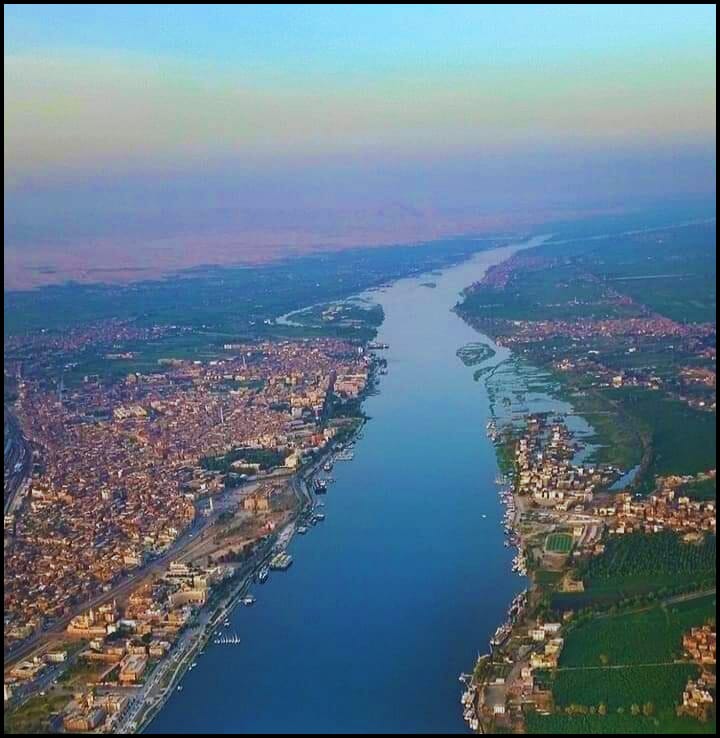The Nile River is one of the world’s most famous and historically significant rivers, often referred to as the longest river on Earth.

Geography of Nile river:
The Nile River is located in north eastern Africa and is approximately 6,650 kilometres (4,130 miles) long, making it the longest river in the world.The river flows through eleven countries: Burundi, Congo-Kinshasa, Egypt, Eritrea, Ethiopia, Kenya, Rwanda, South Sudan, Sudan, Tanzania, and Uganda.
Main Tributaries of nile river:
The Nile has two main tributaries: the White Nile and the Blue Nile.The White Nile is the longer of the two and originates from Lake Victoria, while the Blue Nile starts at Lake Tana in Ethiopia.The confluence of the White Nile and Blue Nile occurs in Sudan, near the capital city of Khartoum.
Historical Significance: Nile river
The Nile has played a crucial role in the development of ancient civilizations, particularly in Egypt.The annual flooding of the Nile, known as the inundation, deposited fertile soil along the riverbanks, allowing for successful agriculture and sustaining the growth of the ancient Egyptian civilization.
Ancient Egypt: Nile river
The Nile was the lifeline of ancient Egypt, providing water, transportation, and fertile land for agriculture.The annual flooding of the Nile was a central event in Egyptian mythology, and it was associated with the god Hapi, the bringer of fertility.
Economic Importance:Nile river
The Nile River remains a vital source of water for agriculture in the countries it traverses.In modern times, the river is crucial for irrigation, supporting agriculture and contributing to the economies of the Nile Basin countries.
Aswan High Dam: NIle river
The Aswan High Dam, constructed in the 1960s in Egypt Aswan high dam was built to control the annual flooding and provide hydroelectric power.The dam has had both positive and negative impacts, such as regulating water flow, preventing floods, and generating electricity but also affecting the downstream ecosystems.
Modern Challenges: Nile river
The Nile River faces challenges such as water scarcity, pollution, and disputes over water usage among the countries sharing its resources.Population growth, increased agricultural demands, and the impact of climate change further exacerbate these challenges.
Cultural and Ecological Importance: Nile river
The Nile has been a source of inspiration for numerous cultural and artistic works throughout history.The river supports a diverse range of ecosystems, providing habitats for various species of flora and fauna.
Nile river basin part countries :
The Nile River flows through many countries in northeastern Africa.
- Burundi, Rwanda, Democratic Republic of Congo,Tanzania,Kenya,Uganda,South Sudan,Sudan,Egypt
Marine life of Nile river:
- Fish Species: The Nile River is known for its various fish species, some of which are economically and culturally significant. Examples include the Nile tilapia, Nile perch, catfish species like the African catfish, and the electric catfish.
- Mammals: The Nile River is home to various mammal species, including the hippopotamus and the Nile crocodile. Hippos are primarily herbivores and spend much of their time in the water, while crocodiles are carnivorous and are well-adapted to aquatic life.
- Reptiles: Apart from crocodiles, the Nile River is also home to different species of turtles and snakes. Some snake species are adapted to life in or around the water.
- Birds: The Nile River and its associated wetlands provide essential habitats for a wide array of bird species. Waterbirds, such as herons, egrets, ducks, and kingfishers, are commonly found along the riverbanks.


1 thought on “The Nile river : the world’s longest river on earth | exploring Top 10 facts about the Nile river.”